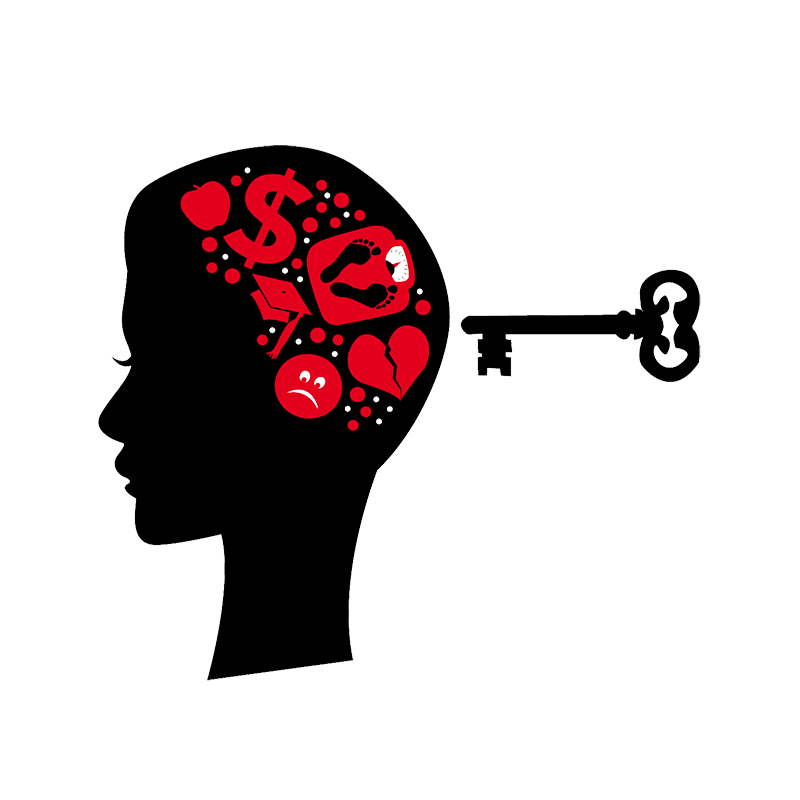Susan is an artist but found when preparing for an art fair, that she regularly would go into a panicked state. She found putting up the tent, having everything ready to go, and coordinating with her sister challenging every time. She would regularly find herself sobbing if things did not go as planned, or getting into bitter arguments with her sister over things that were not worth arguing over.
Susan is a very rational person. She knew that in those moments she wasn’t acting rationally, yet she couldn’t seem to control herself when she needed to focus on the task at hand.
Why couldn’t she control her behavior?
She was experiencing an amygdala hijack.
What is an amygdala hijack?

The amygdala is an ancient structure in the brain that determines whether to fight, flight or freeze. The term was coined by Daniel Goleman in his book Emotional Intelligence. If a person (or animal) perceives a threat, the hippocampus, which houses emotional memories, signals the amygdala. The amygdala in turn activates the stress circuit (the HPA axis) which hijacks the rational brain. We become fixated on what is bothering us, rather than the task at hand.
The amygdala hijack is an ancient response that helped our ancestors respond more appropriately to the dangers of living in the wild. But unfortunately for many of us, the amygdala still responds to subconscious thought patterns, signaling “danger” or a perceived threat.
According to Goleman, there are 3 signs that define the Amygdala hijack: 1.) a strong emotional reaction 2.) sudden onset and 3.) a post-episode realization that the reaction was inappropriate.
As a child, we are more vulnerable and our brains are not able to appropriately distinguish a true threat from an innocuous one. Thus we are more likely to react inappropriately. The more stress, trauma and chaos we have in our lives, the more primed our brains become to freeze, fight or flight. And the more we react inappropriately, the more ingrained the inappropriate response becomes as we age. If we are overreacting, then at a subconscious level, our amygdala is responding to a perceived threat in our lives.
How to overcome an amygdala hijack

After releasing the subconscious stories and beliefs that were driving her panic, Susan had a completely different experience with her art fair. She woke up early to set up the tent, and it went relatively smoothly. Then she realized that a cloth she usually drapes over the table had disappeared. While this would normally send her into the panic zone and would have left her in tears, she went to the store and bought a new one. Then she discovered that the sheet was a bottom bed-sheet instead of a top one, and so again, instead of getting overly upset about it, she cut it to an appropriate size. There were no arguments with her sister, and overall, she had a good experience!
Do you know anyone who has emotional outbursts that seem disproportionate to the circumstance? If so, please share this article with them! Let them know that we can use the Emotion Code and Body Code to let go of the amygdala hijack with your triggers. Imagine being at peace with traffic, your teenagers or fellow postal workers! It is possible with the right methods!
Want to learn more about how I can help? Learn more about the Emotion Code and Body Code here, and contact me to schedule a complimentary consultation.



